DROPS Andes
A soft and chunky blend of alpaca and wool
from:
4.50$
per 3.5 oz
Content: 65% Wool, 35% Alpaca
Yarn Group:
E (9 - 11 stitches)
/ 14 ply / super bulky
Weight/yardage: 3.5 oz (100 g) = approx 98 yds (90 m)
Recommended needle size: US 13 / 9 mm
Gauge: 4" x 4" / 10 x 10 cm = 10 sts x 14 rows
Care: Hand Wash, cold max 30°C / 86F. Dry Flat / Feltable
Superwash: no
Made in: Peru
Raw material origin: Alpaca and wool from South America
This yarn has an Oeko-Tex® certification (certificate number 23.HPE.36896), Standard 100, Class II from the Hohenstein Institute. This means that is has been tested for harmful substances and is considered safe in human-ecological terms. Class II means the yarn is suitable to come in direct contact with the skin to a large extent, such as blouses, shirts, mattresses, etc.
DROPS Andes is spun from 2 strands in the traditional combination of 65% wool and 35% superfine alpaca, giving the yarn a silky surface (from the alpaca fibers) and good shape stability (from the wool). Its natural fibers are untreated, which means that they are only washed and not exposed to any chemical treatment prior to the dyeing. This highlights the fiber’s natural properties, while it also provides a better shape and texture quality.
Very easy to work with thick needles and hooks and ideal for felting, DROPS Andes is perfect for winter garments, accessories and interior patterns.
Read more about our products' sustainability here
Please be aware that the colours shown may vary from screen to screen in the same way that shades may vary slightly from dye lot to dye lot.
How do I care for this yarn?

Hand Wash, cold max 30°C / 86F. Dry Flat
First of all, consider just airing the garment, instead of washing it. If you still desire to wash it, here are some guidelines:
- Hand wash at 30ºC - separately - with wool detergent without enzymes or optical brighteners.
- Don’t let the garment soak. Move the garment gently back and forth, do not rub or squeeze it.
- Rinse the garment until the rinse water is completely clear, making sure the water temperature stays uniform.
- Do a light centrifugation of the garment (about 800rpm), choosing a program that DOES NOT take in water at the start. Or press carefully the water out of the garment with a dry towel. The garment shouldn’t be twisted or rolled.
- To dry the garment, shape it and lay it flat - do not hang - ideally on a warm bathroom floor or on top of a drying rack in a room with good air circulation. Never dry the garment in direct sunlight.
- Don’t tumble dry.
- Never iron the garment directly. Use always a damp cloth between your steaming iron or regular iron and the garment.
Note: If you are washing a project made with this yarn combined with another, the general guideline is to follow the washing instructions for the most delicate of the yarns you are working with.
Thinking about felting this yarn?
See how this yarn looks before and after felting:

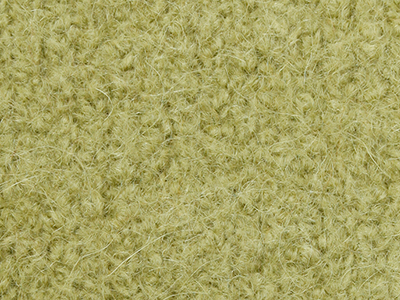
Needles: 9.00 mm
Before: 10 sts x 14 rows
After: 13 sts x 26 rows
Do you have a question about this yarn?
See a list of frequently asked questions (FAQ) about our yarns.
1) What type of fibers make the DROPS yarns?
Yarn can be made from a large number of natural and synthetic fibers. DROPS carries mainly yarns made from wool, cotton, alpaca, linen, mohair and silk. Each fiber type has its own qualities, and they are often mixed to take advantage of the best properties of each one. Coarse yarn has the advantage of being stronger and more durable, and finer fibers offers more softness and comfort. Here a bit about the main fibers we carry:
Alpaca:
Alpaca fleece is the natural fiber harvested from an alpaca, and it is similar in structure to sheep wool fiber. Its softness comes from the small diameter of the fiber, similar to merino wool. It is a soft, durable, luxurious and silky natural fiber. Yarn made from alpaca fibers does not felt or pill easily, and it can be light or heavy in weight, depending on how it is spun. While similar to sheep’s wool, it is warmer, not prickly, and has no lanolin, which makes it hypoallergenic. Alpacas come in 22 natural colors, with more than 300 shades from a true-blue black through browns-black, browns, white, silver and rose-greys.
Mohair:
This fiber comes from the Angora goats, and its considered a luxury fiber. Mohair yarn is warm as wool, but much lighter in weight; it is durable, dyes well and does not felt easily. Mohair fibers have also a distinctive luster created by the way they reflect light. Despite being a hard fiber, mohair is usually spun into a very fluffy yarn, resulting in airy and lustrous garments.
Wool:
The wool fibers comes from the skin of sheep and are relatively coarse fibers. Two striking characteristics of wool are its susceptibility to heat and its felting property, which is caused by the scales on the surface. Depending upon the breed of sheep, the appearance of the wool varies.
Wool from Merino sheep is considered the finest type of wool, having as characteristics that is finely crimped and soft. All the Merino wool in the DROPS yarns has its origins in South America, coming from sheep that have not been subject to Mulesing.
Pure new wool is wool made directly from animal fleece, and not recycled from existing wool garments.
Machine washable wool is wool treated chemically to minimize the outer fuzzy layer of the fibers, and be therefore fitable for machine wash (see Superwash).
Silk:
The silk fiber is a fine continuous fiber produced from the cocoon of a moth caterpillar known as the silkworm. While silkworm is cultivated, the wild or tussah silk is obtained from uncultivated silkworm cocoons. Silk fiber is one of the strongest natural fibers and makes a wonderful knitting yarn. It blends really well with other fibers, especially wool. Silk also dyes beautifully with natural dyes.
Vegetable fibers:
There are several varieties of vegetable fibers, found in the cell walls of plants or vegetables. Of all the varieties, two are recognized as major knitted or textile fibers. They are cotton and linen.
Cotton is the fiber surrounding the seeds in a cotton pod, and it is almost pure cellulose. Cotton is usually white in color but there are green and brown varieties as well. The cotton fiber is most often spun into yarn or thread and used to make a soft, breathable textile that is good for summer clothing and accessories, making a weaker yarn than silk or linen but stronger than wool.
Mercerized cotton is cotton that has been through a mercerization treatment. This treatment gives cotton fabrics and threads a lustrous yarn that is more lustrous than conventional cotton. It is also stronger, takes dye a little more readily, makes the yarn more resistant to mildew and reduces lint. It also may not shrink or lose its shape as much as "regular" cotton.
Linen is a fiber derived from the stalk of the flax plant that is durable and stronger than any other fiber. The linen fiber is relatively soft, straight and lustrous and becomes more beautiful with age. Linen is more comfortable to wear in hot temperatures than cotton, due to the fact that it absorbs moisture better and dries more quickly.
Other materials used in our yarns include synthetic fibers such as acrylic, viscose, polyamide (nylon) and polyester.
3) What type of information can I find on the DROPS yarn labels?
All DROPS yarn labels include information about fiber content (wool, cotton, etc.), weight in grams and ounces, length in meters and yards, washing instructions and symbols (explained here), color number, dye lot number and yarn group information.
4) What are the DROPS yarn groups?
All DROPS yarns are classified into 6 different thickness groups (A to F). Yarns in a same group have similar knitting tension/gauge, and can therefore be interchanged in patterns; however the length may be different, so when substituting always calculate the amount of meters/yards needed for the pattern to know the amount of yarn you need to get.
5) Can I use a different yarn than the one mentioned in the pattern?
Yes, as long as the yarn can be worked in the same knitting tension/gauge. Always swatch to make sure you get the same number of stitches in width and rows in height as given in the pattern.
Remember that different yarns with different textures, will give the garment different looks. The yardage/length may also be different, so when substituting always calculate the number of yards needed, in order to know the amount of yarn you need.
Read more about how to calculate the amount of an alternative yarn - and how to replace 1 thread of a yarn with 2 or more of another, here.
6) What does it mean when a yarn is “Superwash”?
A superwash wool is a special wool product that has been treated or processed in a way that allows it to be machine washable. Many people are afraid to work with wool because it is so easy to shrink (though some shrink wool on purpose) and superwash wool can allow them to work with great fibers without worry. (Read more here).
7) What does “Oeko-Tex® certified” means?
The Oeko-Tex® Standard 100 was introduced at the beginning of the 1990s as a response to the needs of the general public for textiles which posed no risk to health. The Oeko-Tex® Standard 100 is a globally uniform testing and certification system for textile raw materials, intermediate and end products at all stages of production. The test for harmful substances comprise substances which are prohibited or regulated by law, chemicals which are known to be harmful to health, and parameters which are included as a precautionary measure to safeguard health.
For more info go to www.oeko-tex.com
10) How accurate are the colours on the shade cards online?
When obtaining images for the shade card, we do our best to achieve the highest level of color accuracy. Unfortunately, we cannot guarantee how images will appear on your computer screen. Every monitor displays color differently, some colors might look darker than they really are, and some colors might be more saturated on some screens. If you experience that many of the yarn colors looks different on your screen than the actual color of the skeins, you can adjust the setting on your monitor.
11) What is a micron? What does super fine / extra fine mean?
The fineness of yarn fibers is measured in microns (thousands of millimeters). Super fine alpaca wool is 26-28 microns. Fine merino wool is less than 21.5 microns and extra fine merino is under 19.5 microns. The less microns the softer and more delicate a quality can be, the more microns the more hard wear the quality will be.
12) Why are the colors in my skeins of print yarn different?
The reason why two skeins of a same print yarn look different can be 1) that both skeins are part of different dye lots; 2) that the skeins have been dyed using a technique called "magic print" (the one used for example in DROPS Delight), which provides unique patterns and smooth color transitions to each skein, meaning also that within one dye lot, lighter or darker varieties might appear. This is no fault or defect, but part of the yarn's character.
13) My store doesn’t have the color I want, what can I do?
If your DROPS store doesn’t have the yarn color you want, try contacting a DROPS Super Store (the ones with the golden badges) - they will make sure to get a hold of the color even if they don’t have it in stock themselves. See a list of all DROPS stores here.
14) Where can I find a specific dye lot of a color?
Always try contacting your DROPS store first. If they do not have the dye lot you want we recommend you to ask other knitters and crocheters in the DROPS Workshop in Facebook or Ravelry, which may have the dye lot in their stash and might be willing to part from it.
Yarn sheds because there's not enough twist to hold all of the fibers together. All yarns have excess fibers (from production) that might come off as lint or shedding, in varied degrees that depend on how the yarn is spun. Brushed yarns ("hairier" yarns) like DROPS Melody, have more of these loose fibers than other yarns, and therefore shed more. Shedding also depends on what is worn under or over the garment, and whether this pulls at the yarn fibers. It’s therefore not possible to guarantee that there will be no shedding.
Below are some tips on how to get the best result when working with hairier yarns:
- When the garment is finished (before you wash it) shake it vigorously so the looser hairs come off. NOTE: do NOT use a lint roller, brush or any method that pulls at the yarn.
- Place the garment in a plastic bag and put it in your freezer - the temperature will cause the fibers to become less attached to each other, and excess fibers will come off easier. Leave in the freezer for a few hours before taking it out and shaking it again.
- Wash the garment according to the instructions on the yarn label. Garments worked with hairier yarns usually need to be shaken once dry after washing, so that the hairs rise and any excess fibers can come off.
Pilling is a natural process that happens to even the most exclusive of fibers. It's a natural sign of wear and tear that is hard to avoid, and that is most visible in high friction areas of your garment like a sweater's arms and cuffs.
You can make your garment look as new by removing the pilling, using a fabric comb or a pill/lint remover.
How can I replace this yarn?
If you are looking to replace this yarn with another DROPS yarn, you can use another yarn within the same yarn group, or try our yarn converter!
Other yarns in Yarn Group E
Read more about replacing yarn.Have a problem with the DROPS yarn you purchased?
When you purchase yarn from the shade cards or patterns on our site, you are not buying directly from DROPS but from one of the hundreds of DROPS stores around the world. It is therefore important that you take contact with the DROPS store where you bought the yarn, and that you save the labels of all the skeins you purchased (they are your warranty).
The DROPS store you contact will assist you and escalate the claim if necessary. Find a list of DROPS stores here.
Comments / Questions (125)
![]() Crystal wrote:
Crystal wrote:
Is there a cache of old dye lots for any of these colors? I'm looking for colour 0100 in dyelot 187186. If not, how much do the dyelots vary in this colour? Would it be possible to use another dyelot since the colour is so light? Thank you!
09.05.2020 - 14:02DROPS Design answered:
Hi Crystal. We have no overview of which store has the different dyelot or how much vary the dyelot has. It is best to check the skein you have with one in a store. best regards DROPS design
11.05.2020 kl. 07:53
![]() Liliana Ríos Tena wrote:
Liliana Ríos Tena wrote:
Donde lo encuentro la lana Drops Andes en el Perú quien lo distribuye
16.04.2020 - 04:40DROPS Design answered:
Hola Liliana. Aquí tienes un listado de las tiendas con envíos internacionales: https://www.garnstudio.com/findastore.php?s=w&cid=23
15.05.2020 kl. 15:43
![]() Anne wrote:
Anne wrote:
Hallo :-) ich bin auf der Suche nach einer Alternative zur Islandwolle, da ich einen Pullover verschenken möchte und die Person kratzempfindlich ist. Bei den Merino-Garnen finde ich leider keine passenden Farben und/oder Garnstärke. Wie trägt sich die Wolle? Ist sie kratzig? Über eine Rückmeldung mit Erfahrungswerten wäre ich sehr froh. Freundliche Grüße, Anne
14.04.2020 - 20:57DROPS Design answered:
Liebe Anne, am besten wenden Sie sich an Ihrem DROPS Laden, gerne werden sie Ihnen weiter helfen und je nach Ihrere Empfindlichkeit empfehlen. Viel Spaß beim stricken!
15.04.2020 kl. 08:38
![]() Katie wrote:
Katie wrote:
Hello! I love Andes for making charity hats. However, I am slightly disappointed at the limited oranges and yellows available (specifically mustard, gold, and bright yellow). Are their plans to expand the color range in the future?
16.11.2019 - 19:36DROPS Design answered:
Dear Katie, thanks for your suggestions; we do not have any plans yet, but we have forwarded to our head office. Happy knitting!
18.11.2019 kl. 14:48
![]() Elzbieta wrote:
Elzbieta wrote:
Dzień dobry! Chcę zrobić czapkę z tej włóczki, ale mam dość wrażliwą skórę, czy ona "gryzie"? Pozdrawiam
03.11.2019 - 00:31DROPS Design answered:
Witaj Elżbieto! Trochę gryzie, ponieważ w większości składa się z owczej wełny, ale to oczywiście zależy od od indywidualnych odczuć. Możesz spróbować użyć włóczki Air (2 nitki), która jest teraz w promocji, albo Eskimo (1 nitka), jest bardziej miękka niż Andes. Pozdrawiamy!
05.11.2019 kl. 16:22
![]() KK wrote:
KK wrote:
PS. Sorry, me again! 😛 Please can you also say what is the colour of the one above the blue/purple (4th photo down!) Thank you ❣️
06.10.2019 - 20:50
![]() KK wrote:
KK wrote:
Hi I was wondering whats the colour in the main photo, under the orange colour (there's a brown one behind). Thank you 🙂
05.10.2019 - 23:42DROPS Design answered:
Dear KK, it's 0206, light beige mix. Happy crafting!
06.10.2019 kl. 13:59
![]() Chloé Thiffault wrote:
Chloé Thiffault wrote:
Bonjour, j’aimerais savoir la couleur qui accompagne le sea Green sur votre photo de démonstration, svp.Merci
23.09.2019 - 05:27DROPS Design answered:
Bonjour Mme Thiffault, sur cette photo on voit la couleur 4090 sous la 7130. Bon tricot!
23.09.2019 kl. 11:07
![]() Ellen wrote:
Ellen wrote:
Hei, jeg har planer om å strikke en jakke i perlestrikk på pinne nr 14. (9 masker på pinne 14 perlestrikk er 10 cm) Kan jeg bruke dette garnet da? Hilsen Ellen
07.08.2019 - 17:11DROPS Design answered:
Hej. Vi har mönster med detta garn i perlestrikk där stickfastheten är 9 m per 10 cm, men där använder vi pinne 10 så jag tror du måste gå ner i pinnestorlek för att få den stickfastheten. Mvh DROPS Design
30.08.2019 kl. 11:33
![]() Tina wrote:
Tina wrote:
Could you tell me the two colourways of the Andes yarn that is in the first picture? (Two balls of yarn, one might be sea green?)
04.05.2019 - 16:18DROPS Design answered:
Dear Tina, in this picture, you can see 7130 on top and 4090 under. Happy knitting!
06.05.2019 kl. 12:57
![]() Melanie Conz wrote:
Melanie Conz wrote:
Guten Tag Ich bin Strick-Designerin und möchte gerne genaue Auskunft über das Garn ANDES, damit ich meine Kundinnen informieren kann. (mulesing, genaue Herkunft, Zertifizierungen, soziale Projekte usw.) Haben Sie mir Kontaktdaten, wo ich mich darüber informieren kann? Besten Dank
08.03.2019 - 08:18DROPS Design answered:
Liebe Frau Conz, hier lesen Sie mehr über unsere Garne. Für evenutelle weitere Fragen, nehmen Sie bitte Kontakt mit Ihrem DROPS Laden auf - auch telefonisch oder per E-Mail. Viel Spaß beim stricken!
08.03.2019 kl. 08:27
![]() Doris wrote:
Doris wrote:
Vielen Dank für die wunderbare Farbe Blaue Dämmerung ! Bitte mehr Mix Farben.. oder Tweed ?
11.01.2019 - 12:09
![]() Giulia wrote:
Giulia wrote:
Fra i filati che contengono anche alpaca, qual è il più indicato per creare un maglione invernale il più caldo possibile? Grazie
28.12.2018 - 11:43DROPS Design answered:
Buongiorno Giulia. La scelta del filato dipende da tanti fattori, tra cui lo spessore che desidera e il modello che sta seguendo. Per ogni consiglio personalizzato, può rivolgersi al suo rivenditore Drops di fiducia. Buon lavoro!
01.01.2019 kl. 18:57
![]() B.R. wrote:
B.R. wrote:
Est ce que le coloris "rose poudré" de cette laine "ANDES", est exactement le meme que le "rose poudré" de la laine "ESKIMO" ? (Sur l'aperçu ces deux couleurs semble assez différentes. Mais peut-être est ce simplement la photo qui est trompeuse, et il s'agit en réalité de la meme couleur ?! ) Merci par avance pour votre reponse !
16.11.2018 - 10:56DROPS Design answered:
Bonjour Mme B.R., ces 2 couleurs ne sont pas exactement les mêmes, pour toute assistance pour choisir une couleur, n'hésitez pas à contacter votre magasin DROPS, même par mail ou téléphone. Bon tricot!
21.11.2018 kl. 16:05
![]() Christelle wrote:
Christelle wrote:
Bonjour, pouvez-vous me dire les coloris des 6 pelotes qui apparaissent sur la deuxième photo de la laine Andes, s'il vous plaît? Merci beaucoup
13.11.2018 - 18:20DROPS Design answered:
Bonjour Christelle, de l'avant vers le fond et de gaucher à droite: rose poudré 3145, vieux rose 4300, gris vert clair 7120, gris moyen 8465, bleu glacier 8112, et beige mix 0619. Bon tricot!
14.11.2018 kl. 12:21
![]() Jeanne Reginster wrote:
Jeanne Reginster wrote:
Bonjour, Existe-t-il des gammes de fils que l'on peut acheter pour voir les couleurs en vrai ? Avant de passer commande ? Merci d'avance.
07.10.2018 - 14:52DROPS Design answered:
Bonjour Mme Reginster, vous pouvez aller dans le magasin DROPS le plus proche de chez vous ou bien contacter les différentes boutiques en ligne - cf liste, certains d'entre eux proposent, sous conditions, l'envoi d'échantillons. Bon tricot!
08.10.2018 kl. 10:37
![]() Maria Lombardo wrote:
Maria Lombardo wrote:
BUONGIORNO, POSSO CONFEZIONARE UN CAPPOTTINO PER BAMBINA CON I FERRI N. 6 CON IL FILATO DROPS ANDES? gRAZIE
01.06.2018 - 21:35DROPS Design answered:
Buongiorno, il filato Andes è un filato spesso che appartiene al gruppo filati E da lavorare solitamente con i ferri 9. Lavorando con i ferri 6 mm rischia di ottenere un capo un pò stopposo, ciò non toglie che un cappottino deve avere una trama più fitta rispetto ad altri capi. Può quindi provare a fare un campione e vedere se il risultato le piace. Buon lavoro!
02.06.2018 kl. 13:55
![]() Birgit Jørgensen wrote:
Birgit Jørgensen wrote:
Hvad er forskellen på : DROPS ANDES UNI COLOUR og DROPS ANDES MIX
07.12.2017 - 22:56DROPS Design answered:
Hei Birgit. Andes UNI color er ensfarget, mens MIX color har en liten fargenyanse. Noen ganger kan være en liten prisforskjell på uni og mix farger. mvh Drops design
19.12.2017 kl. 08:12
![]() Birgit Jørgensen wrote:
Birgit Jørgensen wrote:
Jeg overvejer at strikke et tæppe i DROPS Andes men vil gerne vide om det fnuldre og kradser da jeg skal bruge det til en veninde som ikke kan have at ting kradser.
06.12.2017 - 23:17DROPS Design answered:
Hei Birgit. DROPS Andes er ull så noen vil mene at det klør, mens andre ikke, men dette er veldig personlig. Det beste er å holde et garnnøste opp mot halsen og se om det da klør. Garnet DROPS Big Merino er veldig vennlig mot huden og om du bruker 2 tråder av DROPS Big Merino, kan det brukes til oppskrifter på DROPS Andes. Bare husk å overholde strikkefastheten og sjekk garnmengden. God Fornøyelse!
19.12.2017 kl. 08:18
![]() Marlen wrote:
Marlen wrote:
Hallo liebes Drops Team, ich habe eine Frage zum Filzen: Muss ich beim Waschgang ein Handtuch mit in die Trommel geben? Sollte ich das Strickstueck allein waschen, oder kann ich es in den passenden Waschgang mit meiner anderen Wäsche geben? Oder ist meine Wäsche dann voller Flusen? Hab noch nie etwas in der Maschine gefilzt, bin etwas aufgeregt :)
31.10.2017 - 22:08DROPS Design answered:
Liebe Marlen, ich persönlich wasche ich immer nur das Strickstück allein wenn ich filze. Viel Spaß beim filzen!
01.11.2017 kl. 09:33
![]() Adéla wrote:
Adéla wrote:
Dobrý den, máte tuto přízi i nebarvenou?
13.08.2017 - 21:40DROPS Design answered:
Dobrý den, k barvení lze velmi dobře použít smetanovou nebo bílou variantu, avšak i tyto odstíny prošly úpravou. Vyloženě surovou verzi příze v nabídce nemáme.
09.09.2017 kl. 13:37
![]() Barbara wrote:
Barbara wrote:
Hei! Jeg laget meg jakke av Andenes garn. Etter vask har den strekt seg veldig! Jakka er nesten 20 cm lengre, selv om jeg forsøkte å forme den så liten som mulig under tørking. Hva kan dere anbefale å gjøre nå? Hilsen Barbara
02.04.2017 - 08:58DROPS Design answered:
Hej Barbara, Det kan være værre at vaske i hånden da man let kommer til at trække den længere når den er våd og tung. Du kan prøve at vaske den separat på uldprogram 30 grader og centrifugere og som du siger lade den ligge og tørre i de rigtige mål - MEN du skal være sikker på at dit uldprogram på vaskemaskinen fungerer som det skal. Held og lykke!
12.05.2017 kl. 14:04
![]() Melanie wrote:
Melanie wrote:
Sorry my previous message should have read 75m per 100g
22.10.2016 - 08:57
![]() Melanie wrote:
Melanie wrote:
Please could you confirm correct meterage of drops andes as you have it listed as 96m per 100g but wool warehouse tell me it has changed to 75m per 190g. Thank you.
22.10.2016 - 08:55DROPS Design answered:
Hi Melanie. The yarn has been adapted from 96 to 90 m. Not 75 - we will correct the page asap
24.10.2016 kl. 10:53








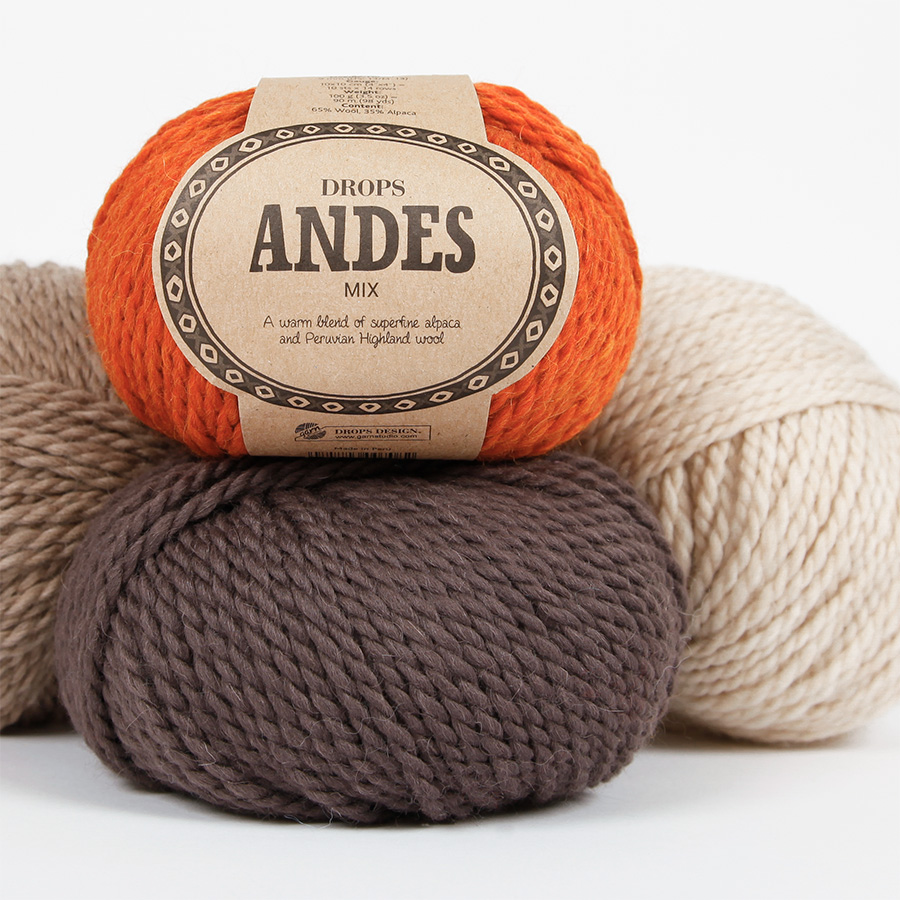
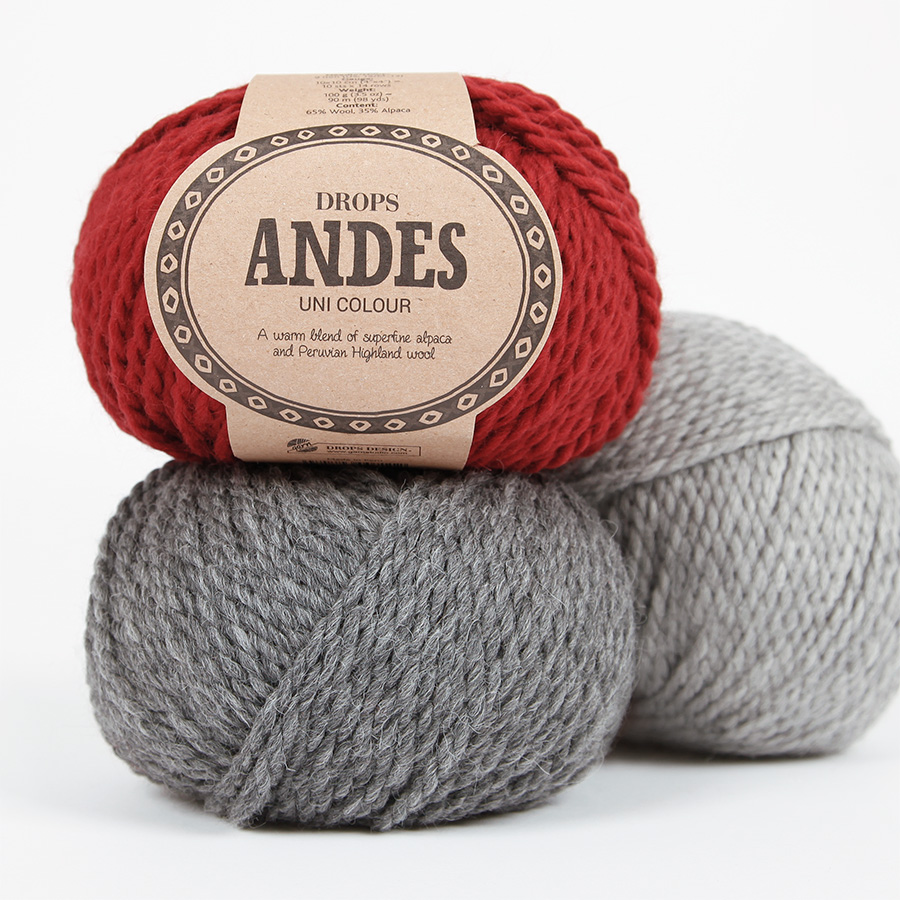
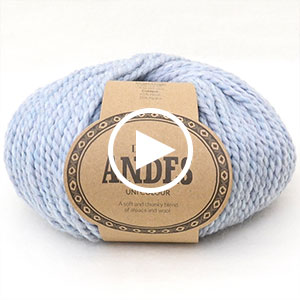

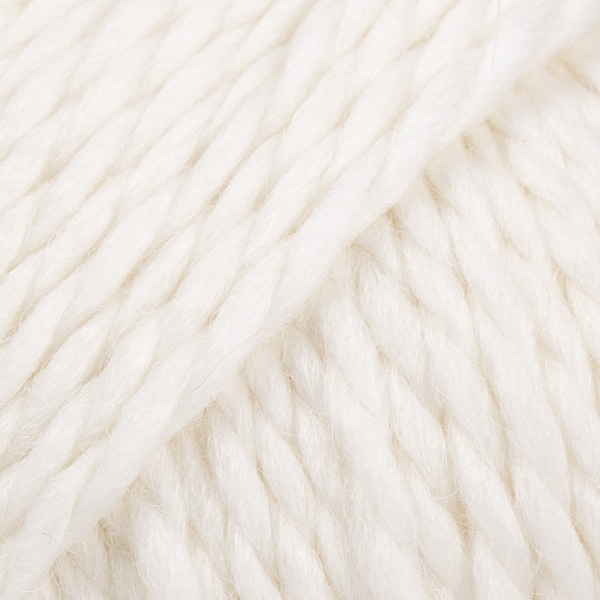





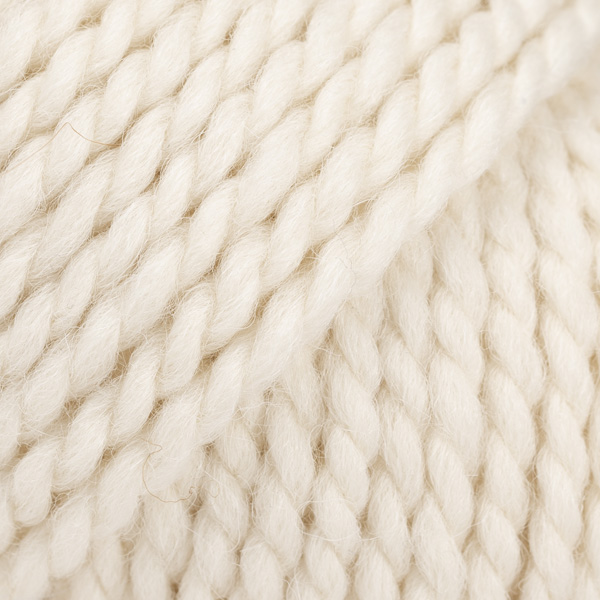





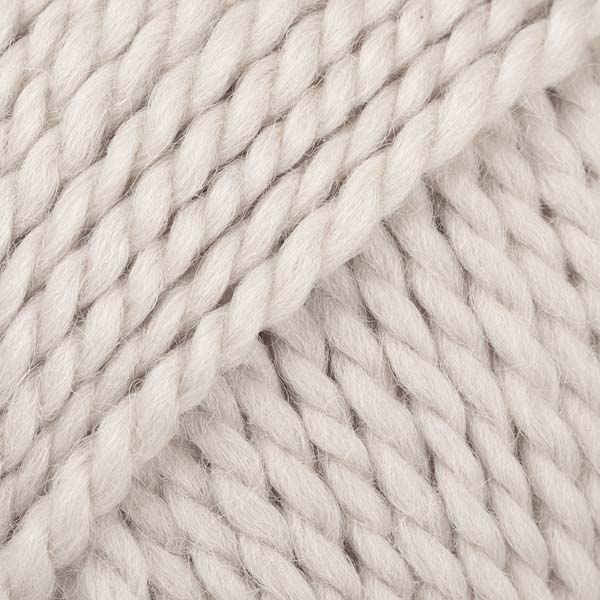
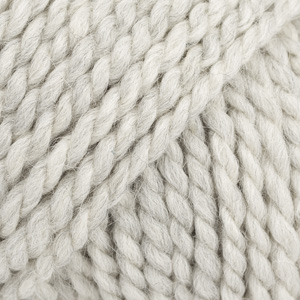
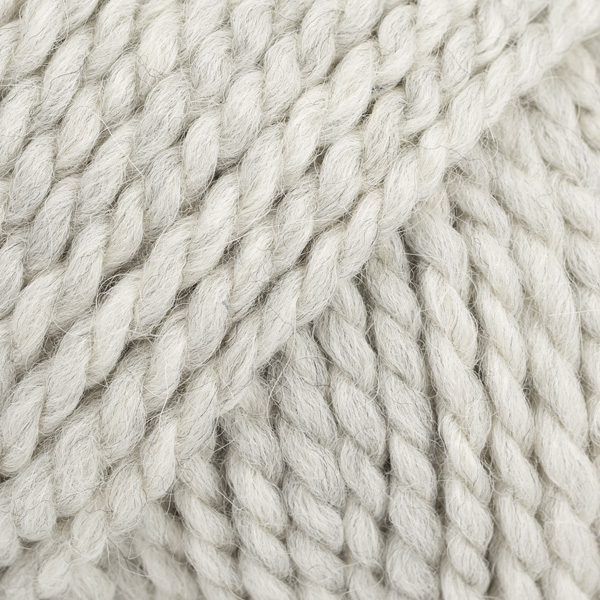










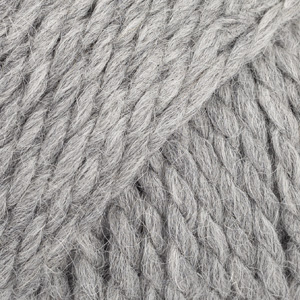
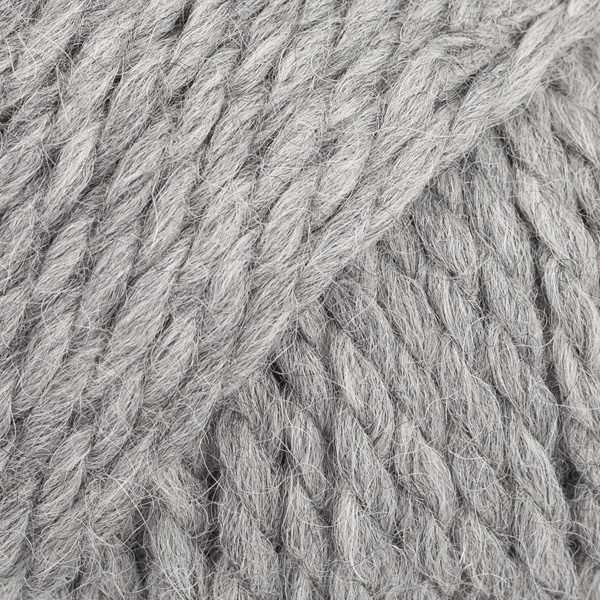




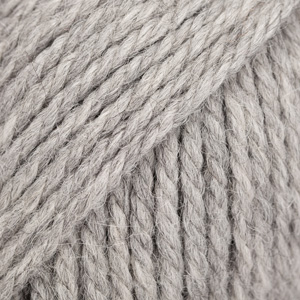
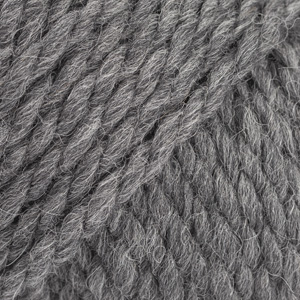
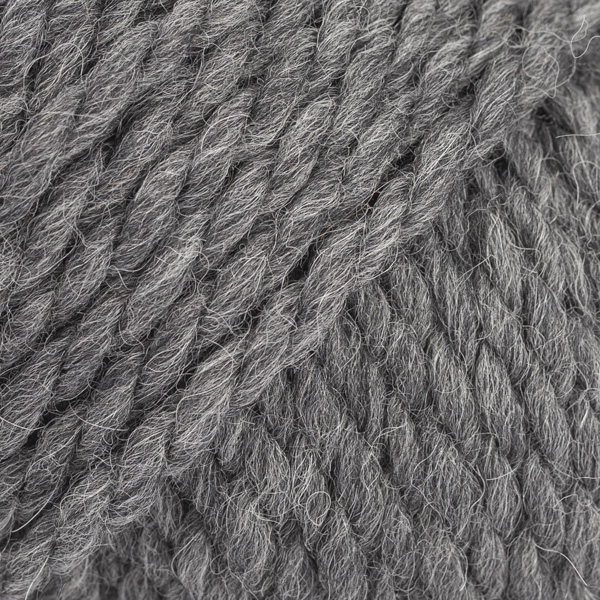





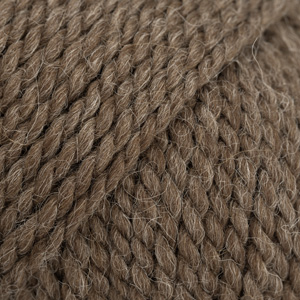
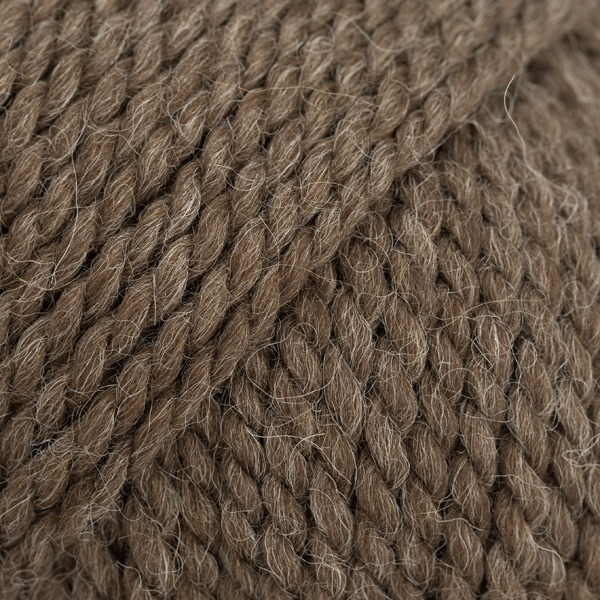

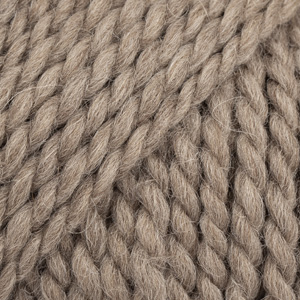
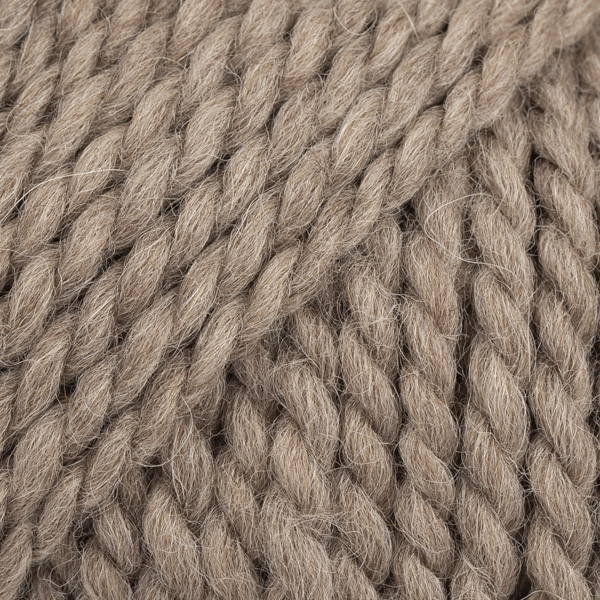


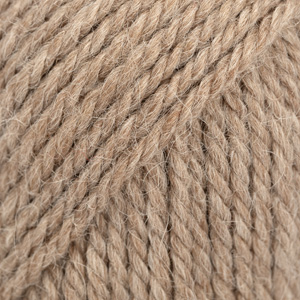

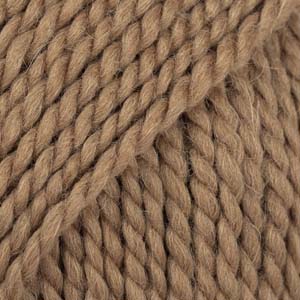
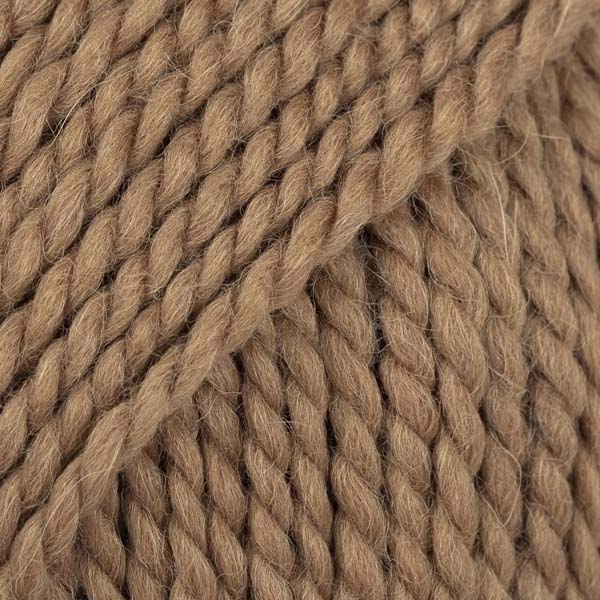





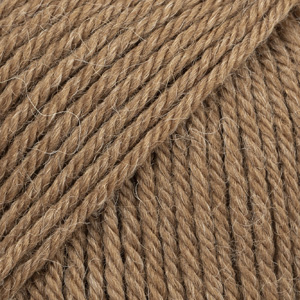



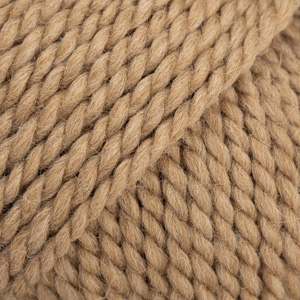
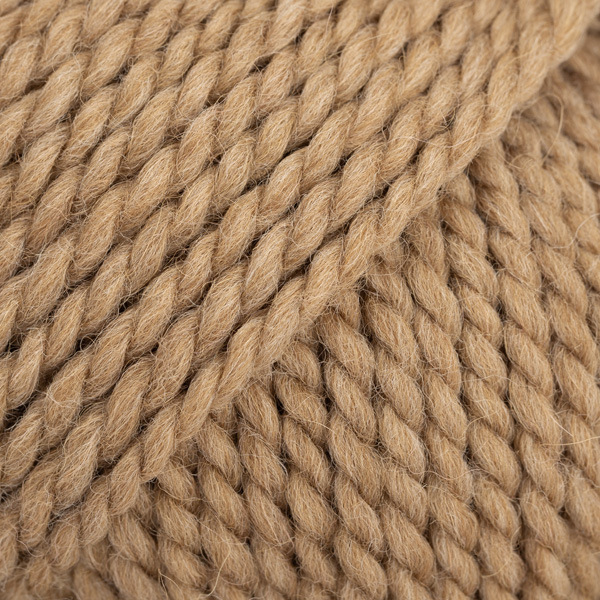

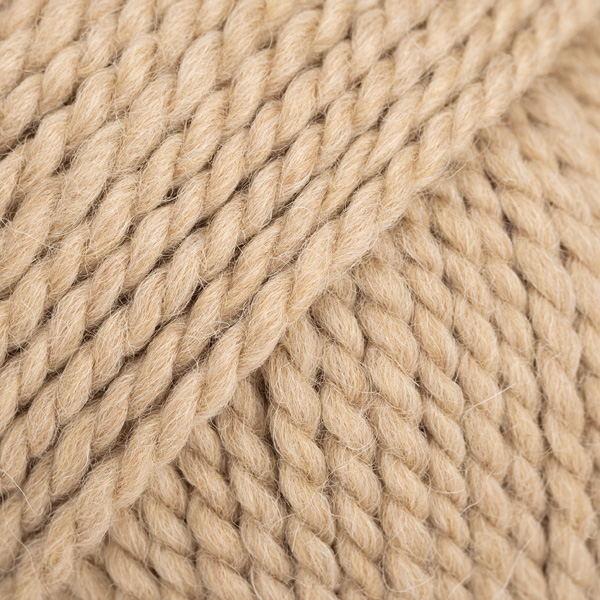
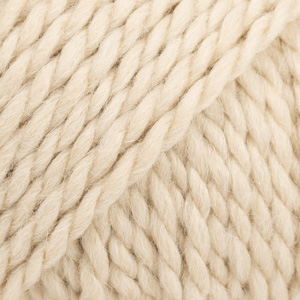
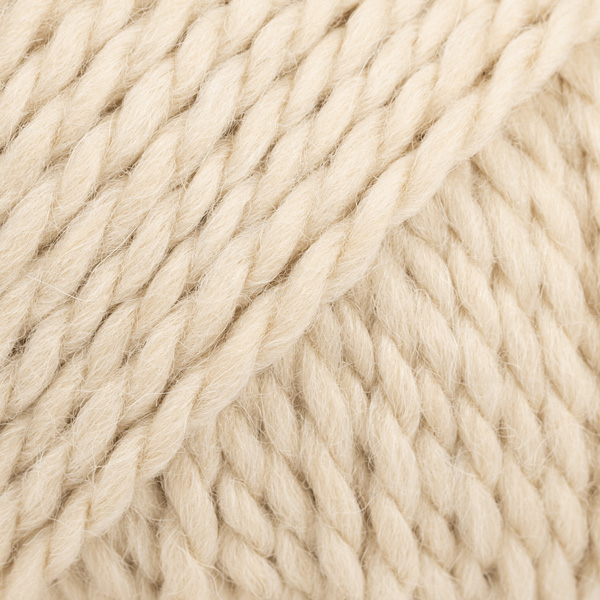









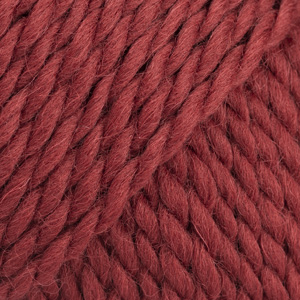
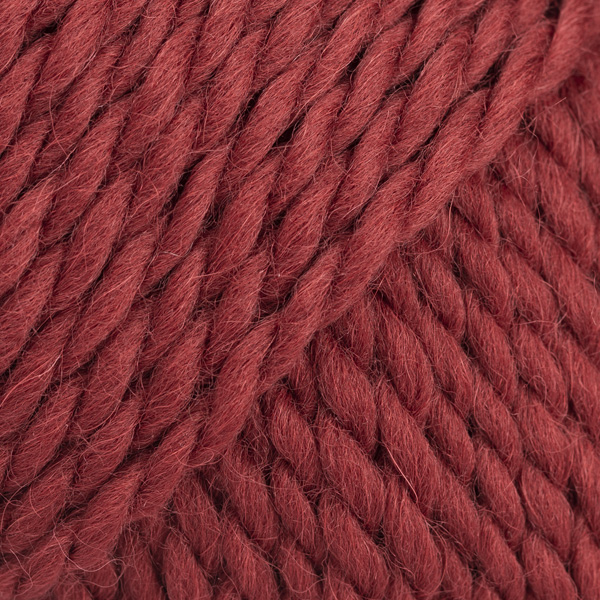
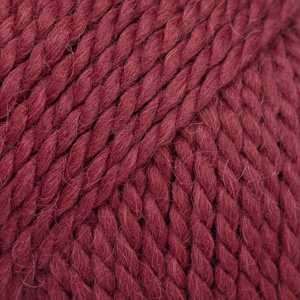
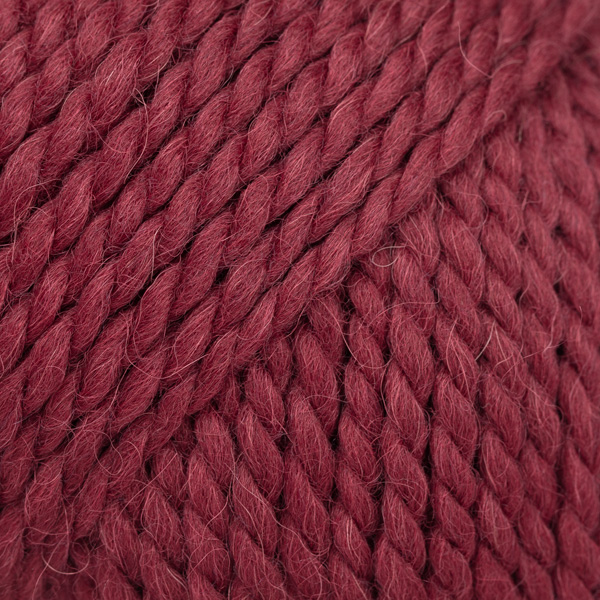
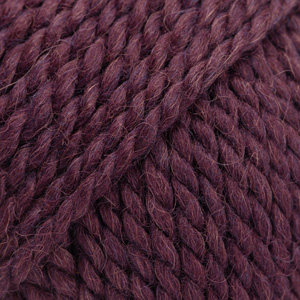
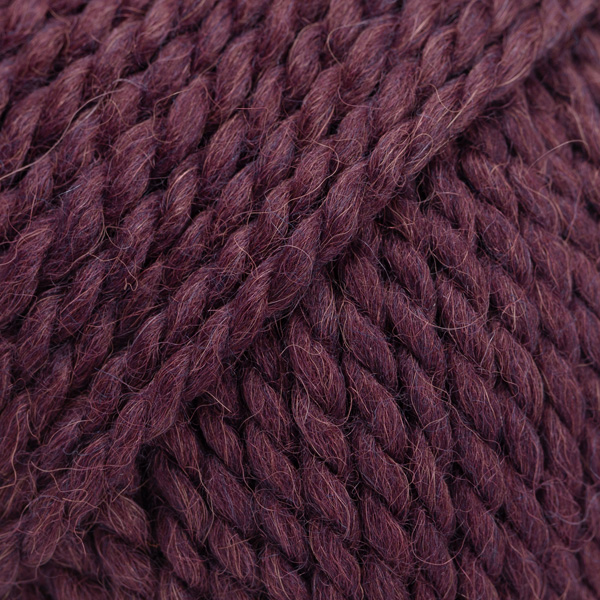







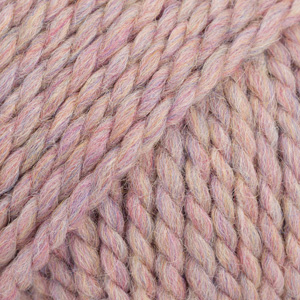
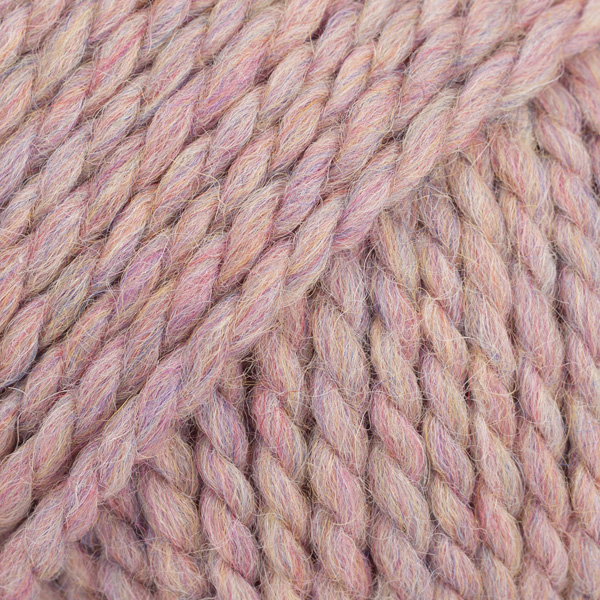

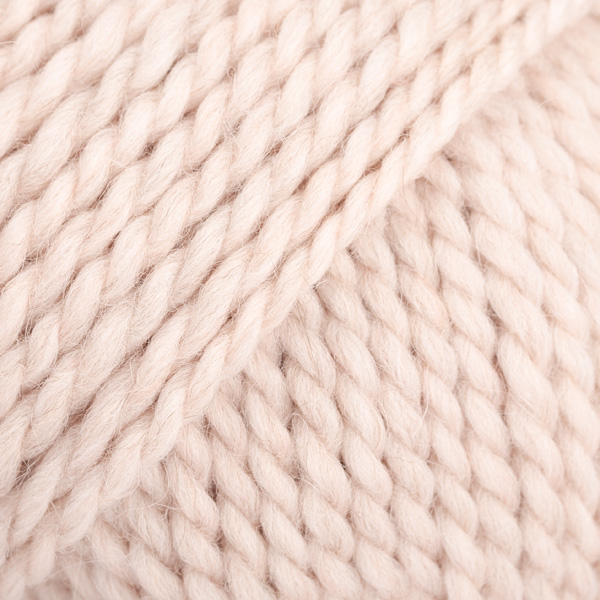
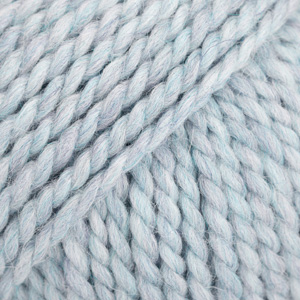
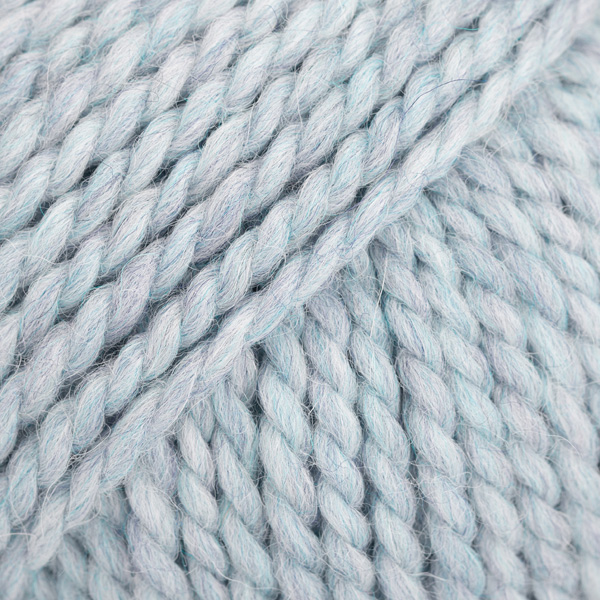

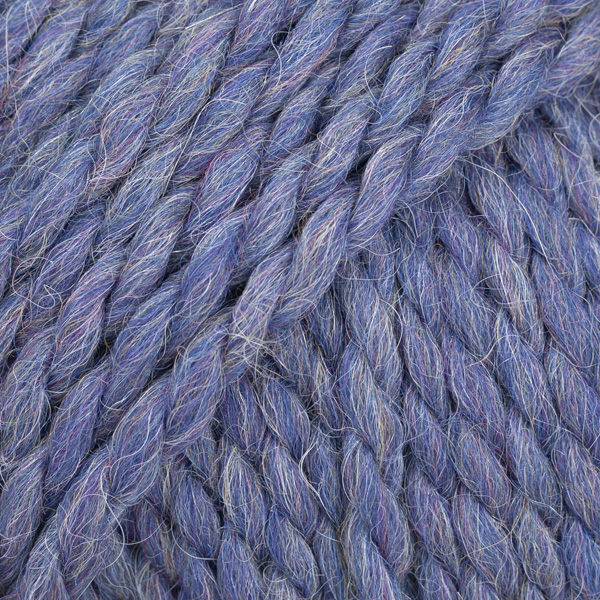



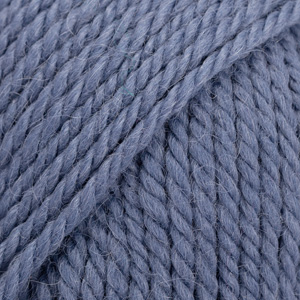
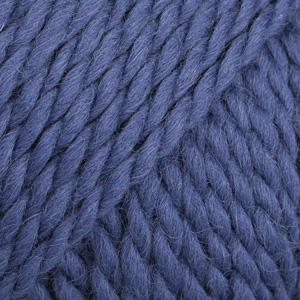
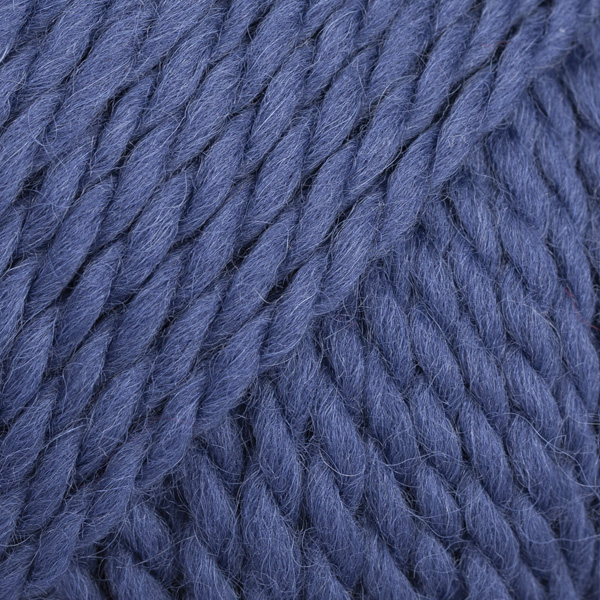
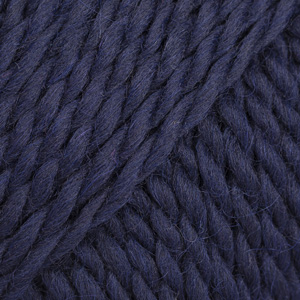
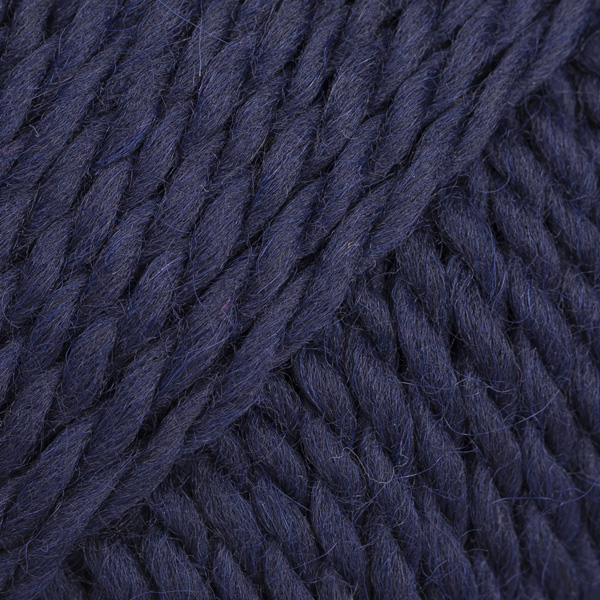

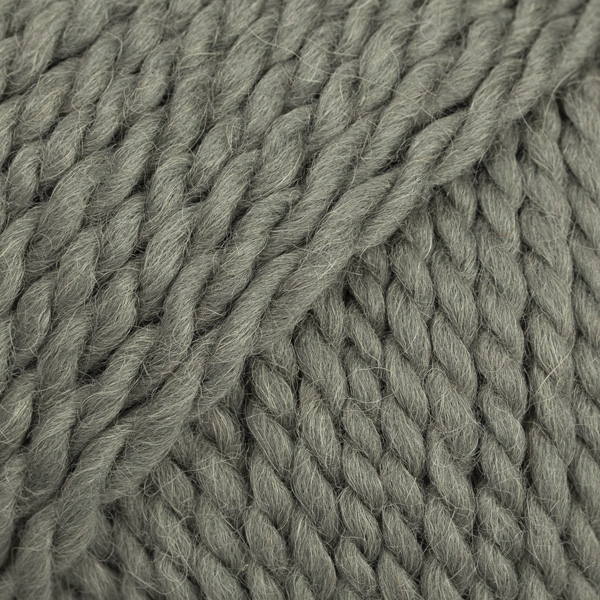

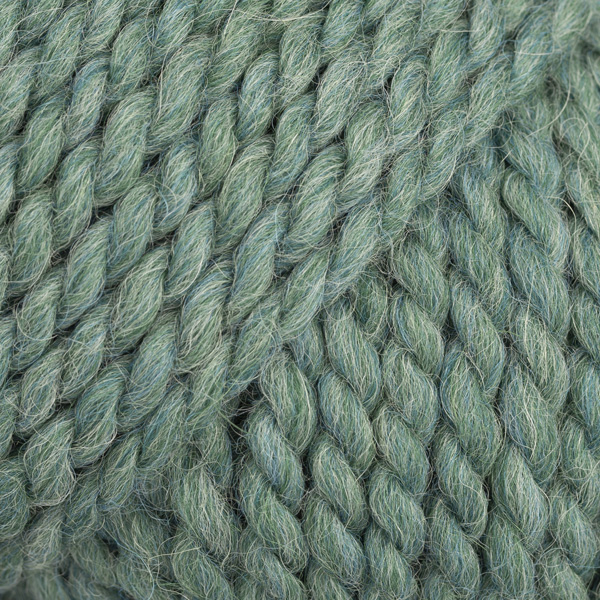




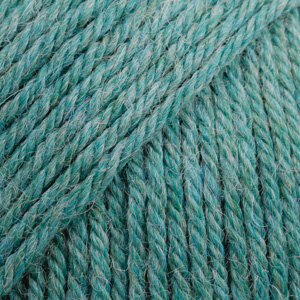



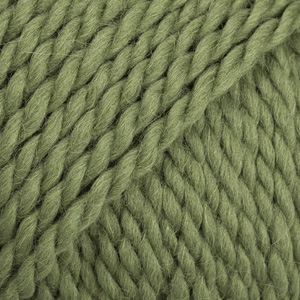
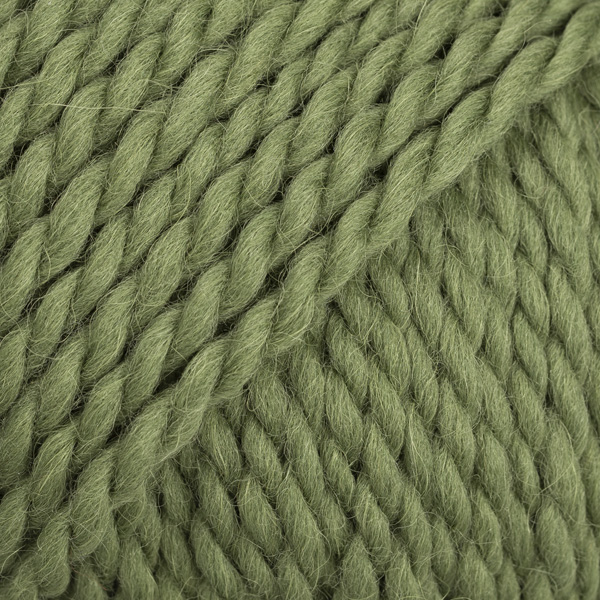
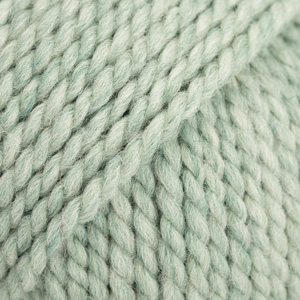
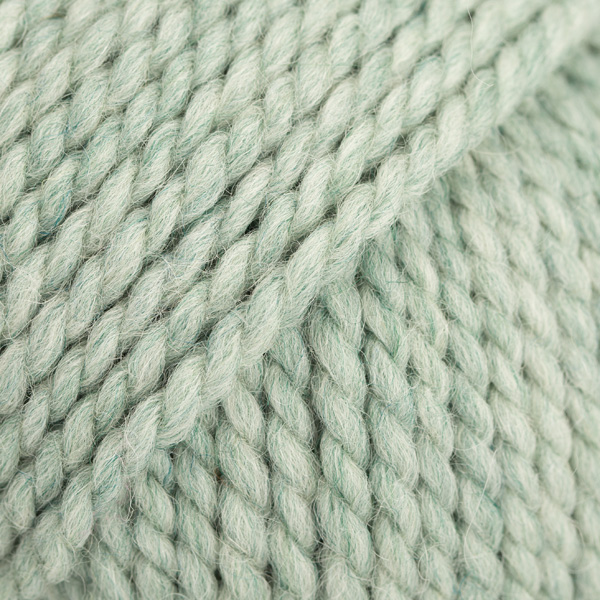
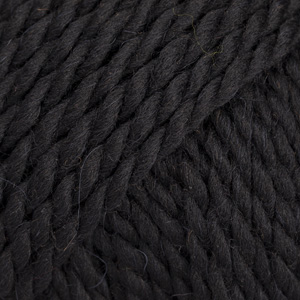
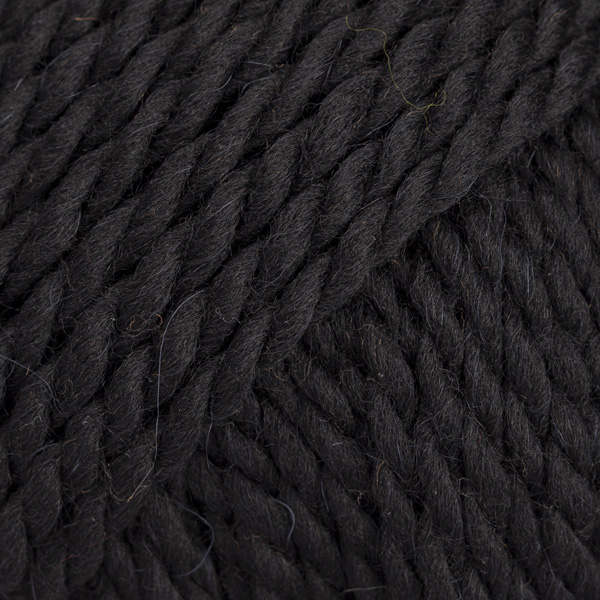

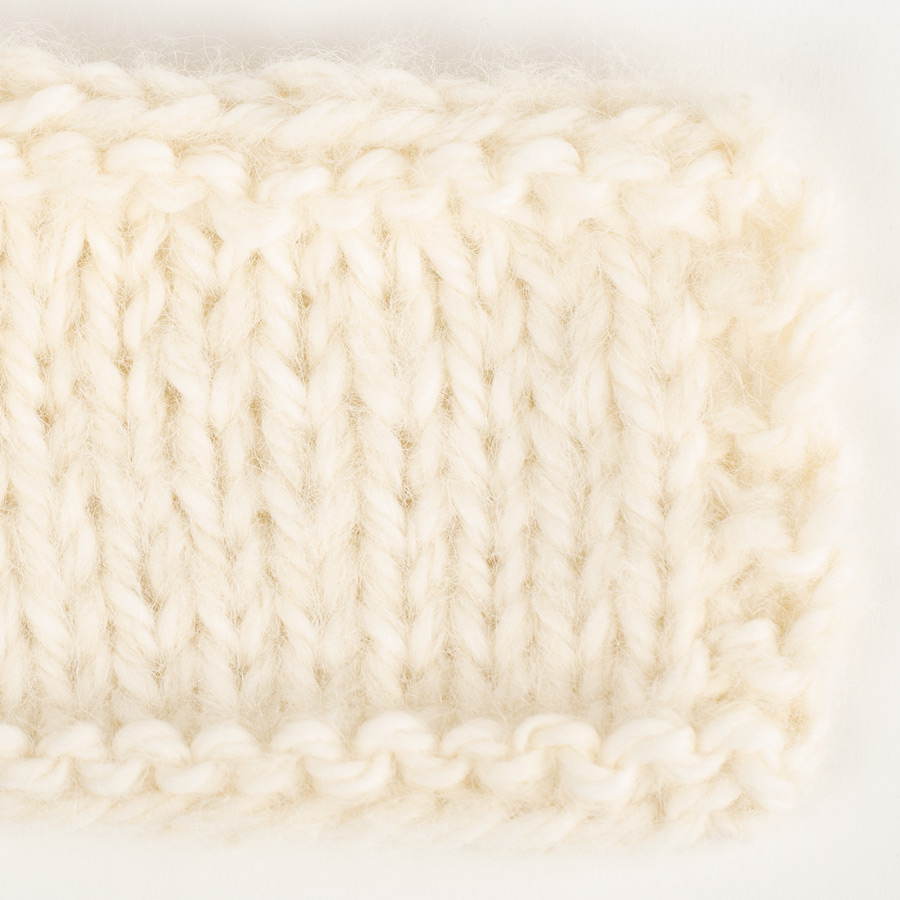
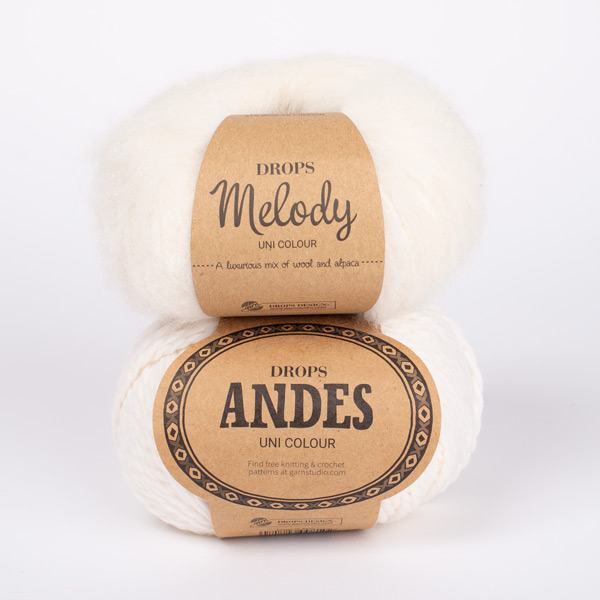

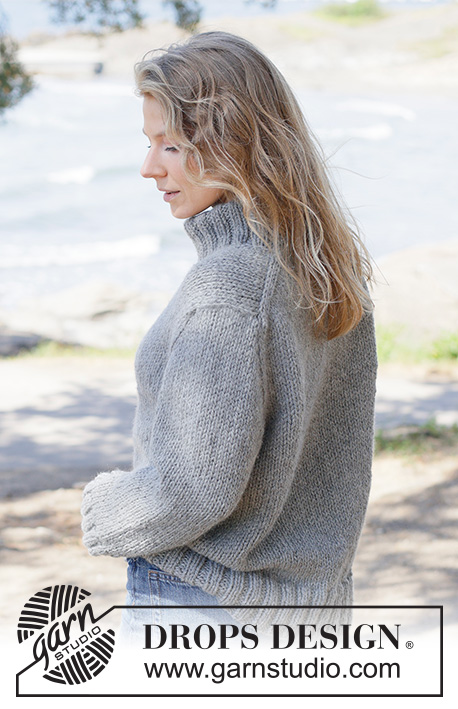
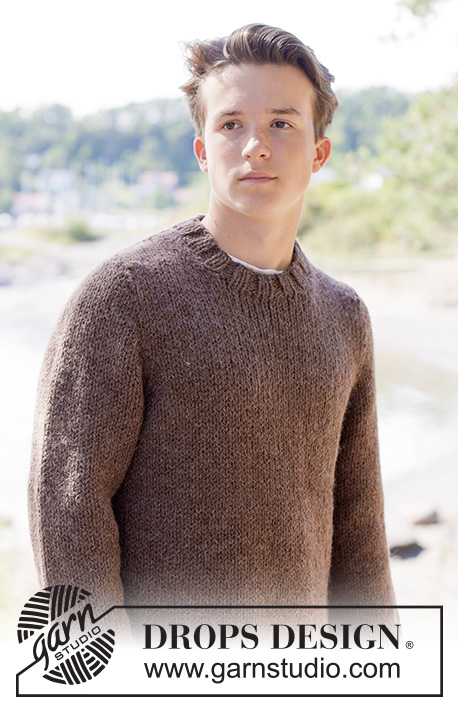

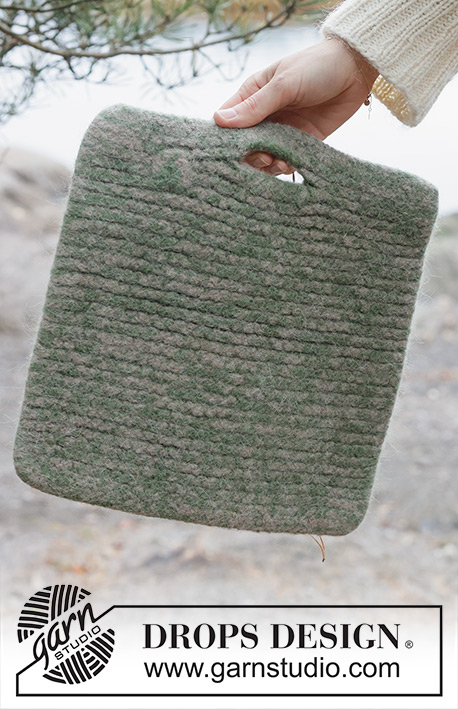


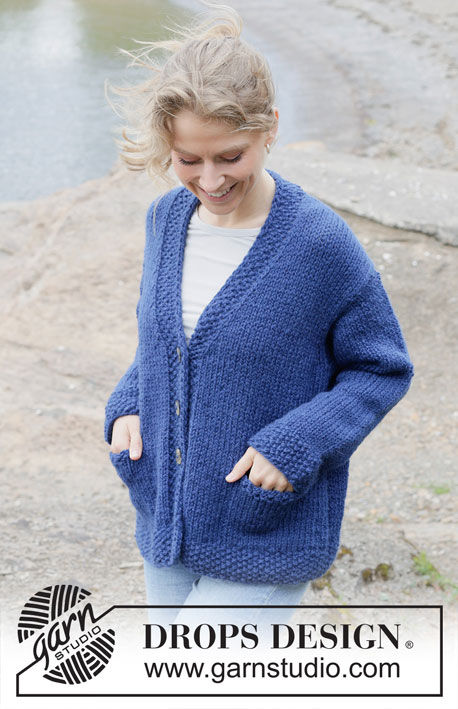







Kan jag blanda drops andes och drops sky
15.11.2019 - 08:43